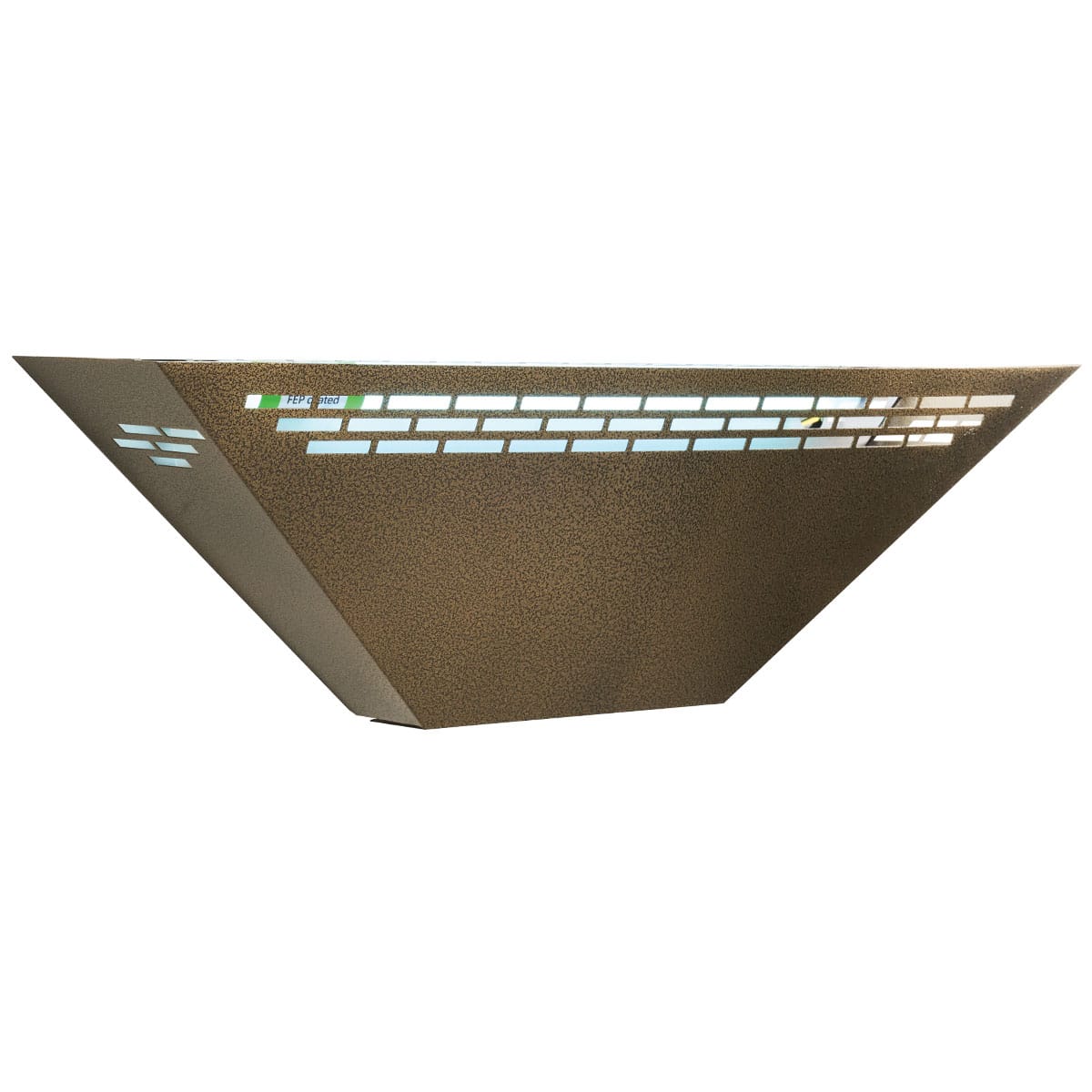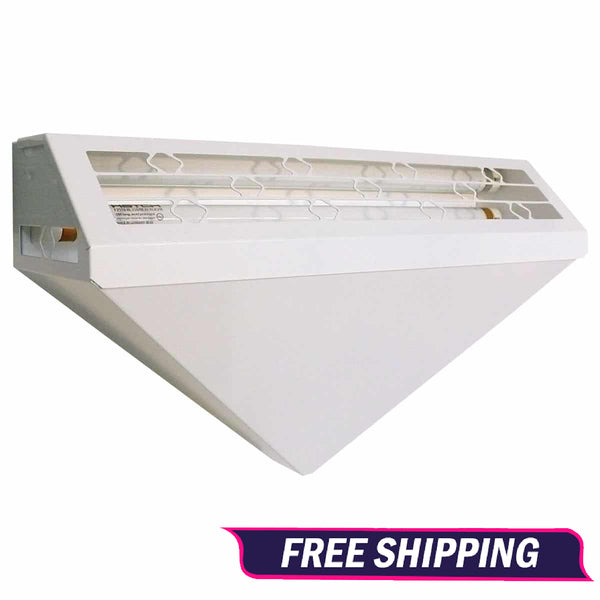As someone who loves spending time outdoors, I know how bothersome flies and other flying insects can be. While enjoying a lovely summer evening, the last thing I want is to be swatted at by pesky flies. This led me to search for a solution that wouldn’t compromise the aesthetic of my home and outdoor spaces. Enter decorative fly traps!
In this article, I will take you through everything you need to know about decorative fly traps, from their different styles to how they work, and why you should consider incorporating one into your home. We’ll explore their pros and cons, provide comparisons, and even share personal experiences along the way. By the end, you’ll see that pest control can be both effective and stylish!
What Are Decorative Fly Traps?
Decorative fly traps are specially designed devices that capture flies and other flying pests while enhancing the visual appeal of your home or garden. Unlike traditional fly traps that can be bulky and unattractive, these traps come in various colors, styles, and shapes. You can find options that resemble art pieces, classic lanterns, or even chic vases, making them a perfect fit for any decor.
Why Choose Decorative Over Traditional Fly Traps?

The main reason to choose decorative fly traps is the blend of functionality and aesthetics. Traditional traps might do the job, but they can also make your space look cluttered or uninviting. Decorative options allow you to maintain a pleasant environment while effectively keeping pesky insects at bay.
Popular Types of Decorative Fly Traps

- Lantern-style Traps: These resemble traditional lanterns and can be hung outdoors for a rustic look.
- Garden Stakes: Available in various colors and designs, these can be placed directly into the ground.
- Glass and Ceramic Traps: These elegant designs can double as garden art.
- Tabletop Traps: Ideal for patios and dining areas, these traps can complement your outdoor furniture.
How Do Decorative Fly Traps Work?

The technology behind decorative fly traps often involves using attractants such as bait or pheromones that lure flies into the trap. Once inside, the design prevents them from escaping. Some traps use non-toxic solid or liquid lures, while others can utilize UV light or electrical grids to eliminate pests. Each type has its own mechanism, which can be stylishly camouflaged in a beautifully designed outer shell.
Choosing the Right Trap for Your Needs

Deciding on a decorative fly trap can feel overwhelming given the variety of options available. Here are a few pointers based on my experience to help you narrow your choices:
- Consider Your Space: The size and style of the trap should fit your outdoor or indoor space. A large garden might benefit from several stakes, whereas a small patio may only need a single lantern-style trap.
- Assess the Type of Flies: Understanding which pests you’re dealing with can help you choose a trap that effectively targets those insects.
- Evaluate Aesthetics: Make sure the trap matches your home decor or outdoor theme to maintain a pleasant atmosphere.

Pros and Cons of Decorative Fly Traps
Pros
- Aesthetic Appeal: They enhance the visual charm of any area.
- Effective Pest Control: They serve the dual purpose of capturing flies and other pests.
- Variety of Designs: There’s something for everyone—whether you prefer contemporary, rustic, or whimsical.

Cons
- Maintenance: Some traps may require regular cleaning to function effectively.
- Initial Cost: Decorative traps can be pricier than conventional options.
- Varied Effectiveness: Not all traps will work for all types of flies; consider the bait type and design.
Comparative Analysis of Decorative Fly Traps

| Brand | Type | Material | Lure Type | Price Range | Design Features |
|---|---|---|---|---|---|
| FlyAway | Lantern-style | Metal | Pheromone | $25-$40 | Vintage Look |
| EcoTrap | Garden Stake | Wood | Fruit Bait | $15-$30 | Natural Finish |
| GlassBee | Tabletop | Glass | Liquid Bait | $20-$50 | Elegant Design |
| InsectAway | Wall-mounted | Plastic | UV Light | $30-$60 | Modern Look |
Personal Experience with Decorative Fly Traps
After trying several decorative fly traps over the years, I can say that each has its unique strengths. My favorite has been the FlyAway lantern-style trap. Not only did it perform well in attracting flies, but it also added a charming glow to my patio in the evenings. I found that the pheromone lure worked efficiently, capturing most insects that invaded my space. On the other hand, I had a mixed experience with EcoTrap. While it was visually stunning, the fruit bait needed frequent replacement, making it more high-maintenance than I preferred.
Frequently Asked Questions (FAQs)
Are decorative fly traps safe for pets and children?
Most decorative fly traps use non-toxic lures and are safe for pets and children. However, it’s always best to check the specific product details before use, especially if you have curious pets.
How often do I need to clean my decorative fly trap?
The frequency of cleaning depends on the trap design and the number of flies it captures. Generally, it’s a good practice to clean it every couple of weeks to ensure optimal performance.
Can I use decorative fly traps indoors?
Yes! Many decorative fly traps are suitable for indoor use. Look for designs that blend with your indoor aesthetics and ensure that they don’t emit strong scents that might be bothersome indoors.
What type of lure works best for flies?
Different types of flies are attracted to different lures. For instance, fruit flies respond well to sugary bait, while houseflies are drawn to protein-based lures. It’s essential to identify the type of flies you’re dealing with for best results.
Are decorative fly traps effective against all flying insects?
While decorative fly traps can be effective against many flying insects, including some wasps and mosquitoes, not all traps will work for every type of insect. Always check reviews and specifications for targeted insects.
Conclusion
Decorative fly traps present an ideal solution for those looking to keep their spaces free of annoying insects without compromising on style. They combine functionality with aesthetic appeal, providing a seamless way to enhance your home decor while tackling pest issues. With various designs and lure options available, you can find a trap that fits your specific needs and preferences.
By considering the types, pros, and cons of different decorative fly traps, you can make an informed decision and choose the perfect addition to your home. Remember to maintain them regularly for the best results, and don’t hesitate to experiment with different styles and locations until you find the best setup for your environment. Say goodbye to pesky flies and hello to a more stylish, peaceful living space!